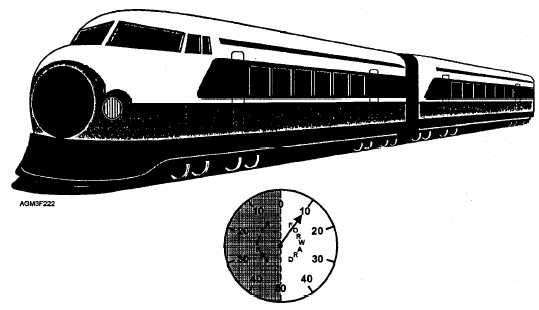Figure 2-21.—Affects of return component on radial velocity.
Thus, Doppler radars can only measure the component
of a target’s motion that occurs along the radial axis.
This component is called the radial velocity.
Motion Parallel Along Radial Axis
If a parcel moves directly toward or away from the
antenna, we say its motion is parallel to the radial axis
(beam). Truly parallel motions allow the phase shift of
each wave to become fully visible to the radar. The
result is that displayed velocities reflect the parcel’s
true speed. In figure 2-21 (component A), the wind is
blowing from the west at 20 knots, and the antenna is
pointing toward 270°. The WSR-88D views the full
component and measures all 20 knots.
Motion Diagonally Across Radial Axis
When a parcel’s motion becomes diagonal to the
radial axis, only some portion of its phase shift is
observed. Since less than maximum motion is realized,
an underestimation of target speed is plotted and
displayed. The degree of error depends entirely on the
parcel’s angle and orientation. In figure 2-21
(component B), the wind is still blowing from the west
at 20 knots, but the antenna is pointing toward 315°.
Only a portion of the wind is blowing directly toward
the antenna and the WSR-88D measures only 15 knots.
Motion Perpendicular to Radial Axis
Since the radar antenna rotates in a full circle
(360°), the parcel’s orientation (to the beam axis) is
ever changing. At some point, the parcel’s motion
becomes perpendicular to the radial and exhibits zero
motion toward or away from the antenna (fig. 2-21,
component C). This does not necessarily mean that the
target is stationary. It simply means that the target is
remaining at a constant distance from the radar and
because of the radar’s perpendicular viewing angle, no
phase shift is observed. As far as the radar is
concerned, the return pulse remains unchanged and no
phase shift has occurred. From this information, the
parcel is considered stationary. Zero velocity is
displayed while the parcel’s actual speed goes
undetected. In the following text, we will show how the
WSR-88D deals with this problem.
VELOCITY ALIASING
Imagine two trains connected back-to-back. Since
trains have the unique ability to go full speed in either
direction, their orientation poses no problem. Notice
the method that trains use to display speed (fig. 2-22).
Figure 2-22.—Train speedometer.
2-19




